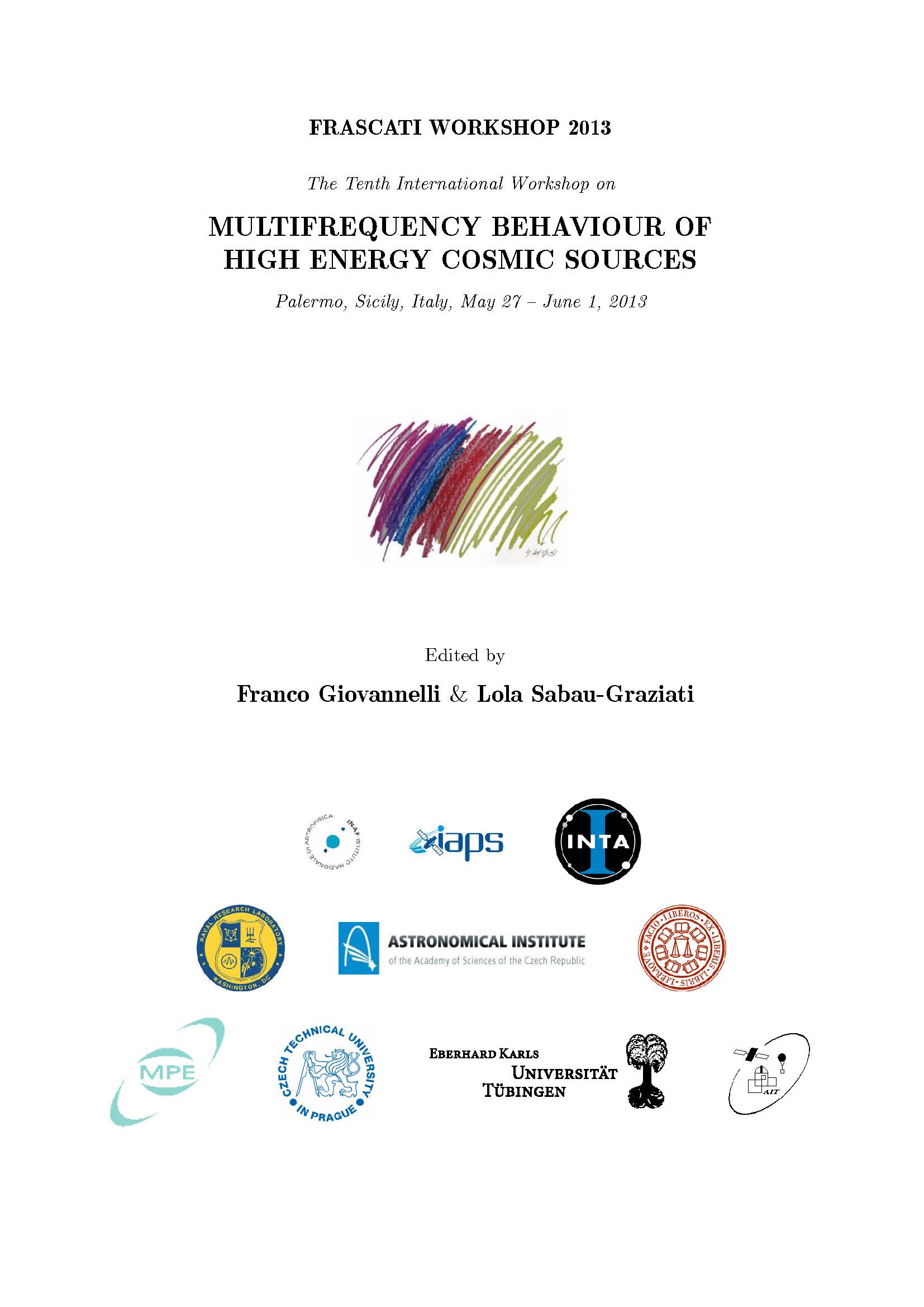Magnetorotational Explosions of Core-Collapse Supernovae
DOI:
https://doi.org/10.14311/APP.2014.01.0181Abstract
Core-collapse supernovae are accompanied by formation of neutron stars. The gravitation energy is transformed into the energy of the explosion, observed as SN II, SN Ib,c type supernovae. We present results of 2-D MHD simulations, where the source of energy is rotation, and magnetic eld serves as a "transition belt" for the transformation of the rotation energy into the energy of the explosion. The toroidal part of the magnetic energy initially grows linearly with time due to dierential rotation. When the twisted toroidal component strongly exceeds the poloidal eld, magneto-rotational instability develops, leading to a drastic acceleration in the growth of magnetic energy. Finally, a fast MHD shock is formed, producing a supernova explosion. Mildly collimated jet is produced for dipole-like type of the initial field. At very high initial magnetic field no MRI development was found.Downloads
Published
Issue
Section
License
Copyright notice
Authors who publish with this journal agree to the following terms:
1. Authors retain copyright and grant the journal the right of the first publication with the work simultaneously licensed under a Creative Commons Attribution License that allows others to share the work with an acknowledgement of the work's authorship and initial publication in this journal.
2. Authors are able to enter into separate, additional contractual arrangements for the non-exclusive distribution of the journal's published version of the work (e.g., to post it to an institutional repository or to publish it in a book), with an acknowledgement of its initial publication in this journal.
3. Authors are permitted and encouraged to post their work online (e.g., in institutional repositories or on their website) prior to and during the submission process, as it can lead to productive exchanges as well as earlier and greater citation of the published work (See The Effect of Open Access).


